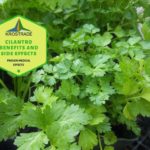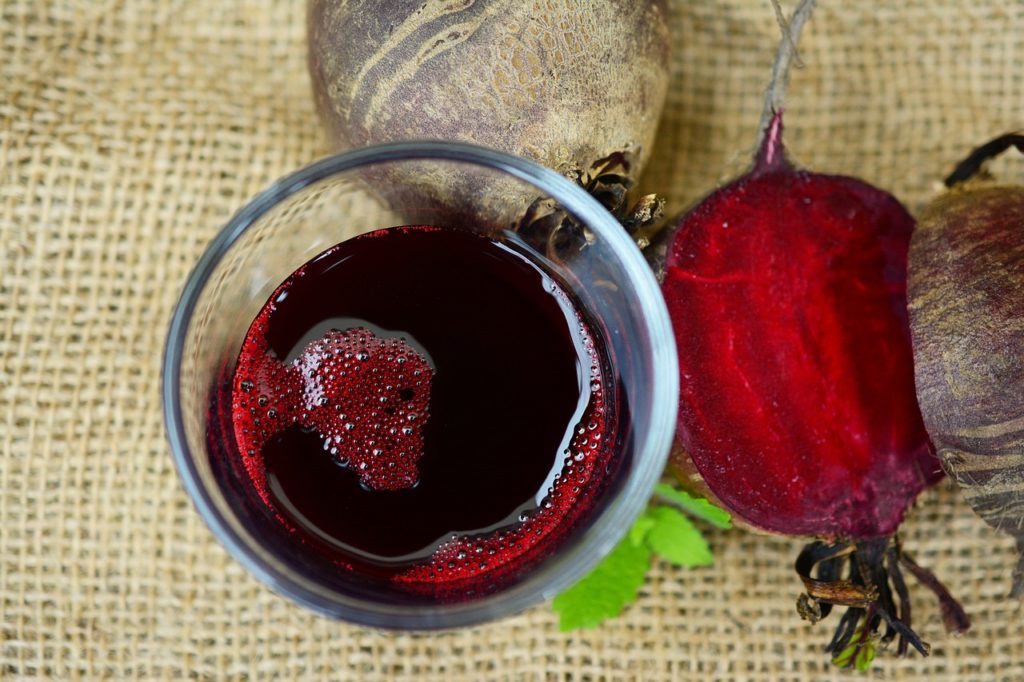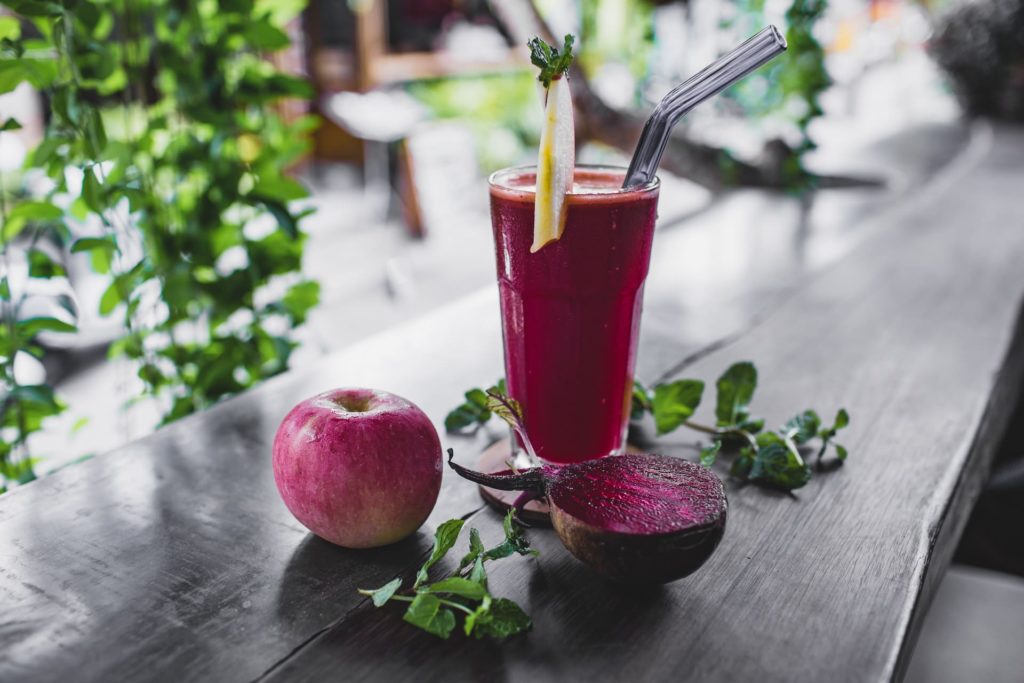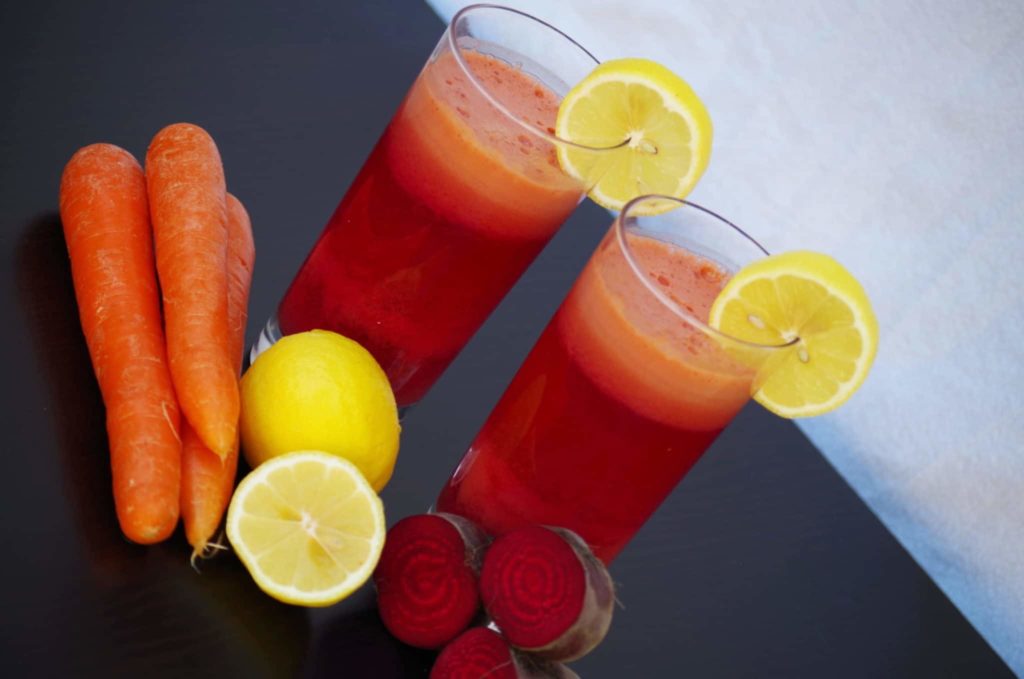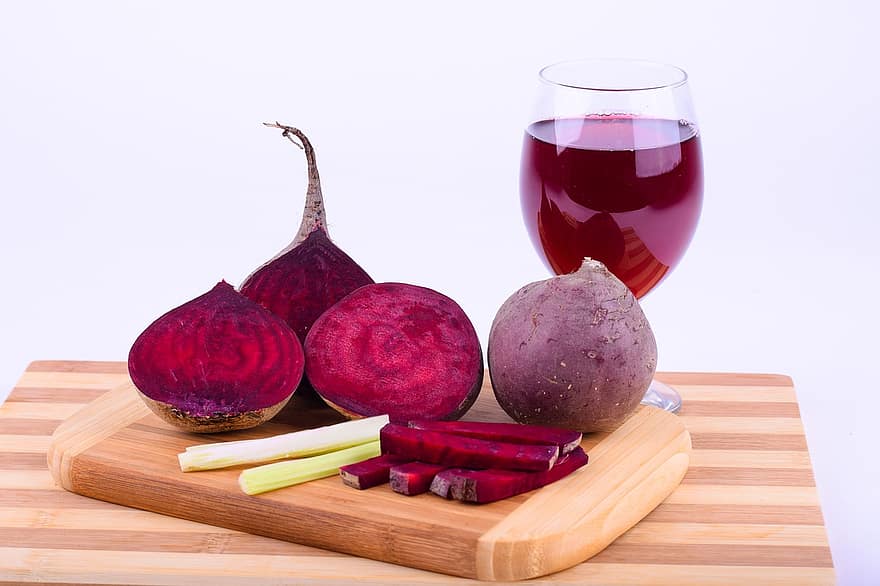Ginger is a powerful ingredient. The medical effects of ginger root are among the most lucrative anywhere in the world. Its health benefits are based on its namesake — “wonder spice” — with its uses in the kitchen and for its health, treating nausea, relieving muscle cramps, and more.
Suppose you ask about the medical effects of ginger root. In that case, they can be listed as being an ideal remedy for morning sickness, muscle pain, osteoarthritis, indigestion, and blood sugar problems.
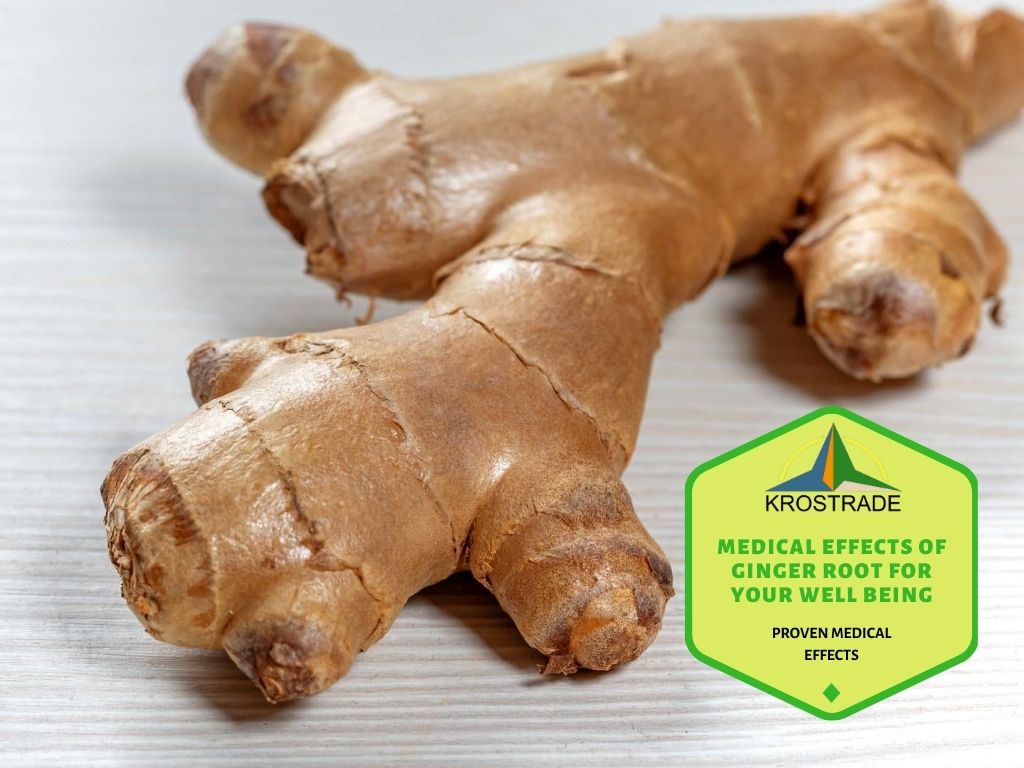
It contains gingerol, a potent compound contributing to treating indigestion, reducing menstrual pain, and fighting viral infections such as COVID-19.
Over four centuries ago, the book “Rodale’s Encyclopedia Of Herbs” had Greek bakers turning gingerbread from this plant from ginger imported from the Eastern part of the world. In the 16th century, the Spanish were already cultivating ginger before the colonisers took them to the New World.
Few years before the First World War, Great Britain was already importing more than five million pounds of ginger root. The origins of ginger are uncertain, but it is said to have originated in the southern regions of China and South Asia, India, in particular. There was a moment in history when the crop was introduced to the United Kingdom.
Proven Medical Effects Of Ginger Root
For several millennia, naturopathic healers and experts from Arabia, India, and most parts of Asia have utilised ginger as an ingredient in the kitchen, producing a healthy diet. Plus, it also offers medical benefits. One of the essential parts of the crop is the ginger root.
As a root crop, Ginger finds itself belonging in the family of cardamom and turmeric, effectively utilised to relieve the person of vomiting and nausea due to fever and motion sickness while travelling.
The Spice Trade has even expanded the way ginger is exported and imported across the globe. Even a physician in the 1700s wrote, “Ginger does good for a bad stomach.” For this 19th-century physician Robert Thornton, two or three cups of ginger for breakfast relieve the body of dyspepsia brought by hard alcohol drinking.
1. Ginger Is Ideal For Morning Sickness
One of the finest medical effects of ginger root is treating morning sickness. The root crop has been proven effective to combat nausea. For instance, studies have revealed that prescribing ginger for nausea and vomiting is tried and tested effective. One of its uses for the body is right after undergoing a surgical operation.
2. Ginger Contains Gingerol, A Potent Health Component
Both traditional and alternative medicine have ginger to improve digestion, combat nausea, and aid the patient during common colds and flu. It can be used as fresh, dried, or powdered juices and may also be added to cosmetics and processed foods. It is also a common ingredient in various recipes.
This root crop’s unique scent and flavour emerge from its oils, and one of these is gingerol. Touted as a bioactive compound distinctive in ginger crops, gingerol provides antioxidant benefits and anti-inflammatory advantages for well-being.
3. Ginger Reduces Muscle Pain And Muscle Strains
It has been found that ginger root is proven effective against muscle pain that happens after exercise or hard training. Taking two grams of ginger per day for 11 days may reduce muscle pain among patients performing exercises in their elbows.
While it does not offer immediate effects for these conditions, they have anti-inflammatory properties that could reduce muscle pain.
4. It Helps In Treating Osteoarthritis
Osteoarthritis is a health condition in geriatrics, but it can hit almost anyone at any given time. It involves the weakening of the body’s joints, leading to signs like stiffness and pain.
Taking ginger extracts can minimise the pain and can supplement the current medication you take. Combining ginger with sesame oil and cinnamon may reduce the stress related to osteoarthritis when topically applied.
5. It Helps In Lowering Blood Sugar And Improving Heart Health
The anti-diabetic capacities of ginger cannot be discounted. Adding ginger to your daily diet will normalize blood sugar levels and reduce your risk for cardiovascular diseases.
Heart attack is one of the leading causes of death among individuals.
6. The Root Crop May Help Treating Chronic Indigestion
There is no stopping the foodie if they want to indulge in food, but chronic indigestion may happen at the end of the road. It is painful and can be uncomfortable in the upper portion of the stomach area.
Ginger’s anti-inflammatory properties for digestion are among the most exciting health benefits it has. It improves digestion and prevents dyspepsia and indigestion.
7. The Root Crop May Reduce Menstrual Pain
In herbal healing, menstrual pain may consume a woman’s poise. Ginger is the best way to go because of its properties for relieving pain, as effective as popular painkillers such as ibuprofen and mefenamic acid.
8. Ginger Can Help Fight Infections, Including COVID-19
The chemical gingerol found from the root crop provides medical effects in fighting infections. Extract from the root can prevent the growth of bacteria linked to inflammatory diseases and viruses, including the coronavirus.
Ginger Uses, Side Effects, Interactions, And Warnings
Health information websites such as WebMD share insights about crops like ginger, taking into account their many uses, some side effects, interactions recommended, and warnings.
Uses
- Vomiting and nausea. Research suggests that taking up ginger each day, or 30 minutes before taking your antiretroviral treatment for a viral disease, reduces the risks of vomiting and nausea.
- Osteoarthritis. You have learned about this benefit earlier, but oral intake of ginger root extracts will be an excellent painkiller for those experiencing pain from osteoarthritis, letting you move forward in your daily activities.
- Menstrual cramps among women. Studies reveal that powder extracts from ginger decrease pain among women and teenagers suffering from painful cycles. Ginger for women will significantly reduce their pain and works best with medications and other pain relievers.
- Early morning sickness. Ginger taken orally is also known to reduce vomiting and nausea among pregnant individuals. However, it might work a little slower since it is a natural process. Before having this for morning sickness, be sure to discuss it with the physician.
Side Effects
- Don’t get us wrong, and ginger is safe, but the side effects are present due to various health conditions that different individuals may have. Some of these are heartburn, diarrhoea, and stomach pain. Some women have also reported menstrual bleeding with ginger in their diet.
- For skincare, the side effects include skin irritation.
- Pregnant women may take extra care when taking ginger as part of their regimen. One of these is affecting sex hormones, thus increasing the risk to newborn babies. It is essential to speak with your physician before moving forward. Bring the balance between benefit and risks.
- Breastfeeding women might reconsider setting aside ginger for now.
- For those taking ginger for bleeding ailments, this might increase the risk even more.
- Ginger for diabetics is recommended, but people in the UK might have to adjust their medications.
- Ginger in high doses might worsen certain cardiovascular health diseases.
Interactions And Warnings
There are instances when people in the UK want to combine ginger with other compounds. While it is generally safe, take note of these warnings:
- Ginger with medications for treating blood clotting
- The use of Phenprocoumon
- Ginger and Coumadin
- The root taken alongside diabetes medications
- Medications for those diagnosed with blood pressure
You will never know the adverse effects of combining ginger with any of these above. For instance, you are taking a medication for diabetes while the doctor is not around, you may stay away from ginger root formulation for now.
More Medical Effects: Dietary Tips With Ginger Root
The root crop is loaded with vitamins and minerals for nutrition. These are one of the medical effects of ginger root when used in the kitchen. In the following parts of the post, you will learn more about its uses for cooking. But for now, follow these dietary guidelines for a healthier you.
Begin the day with a warm cup of tea ginger, and there is the option to add milk. It is an excellent idea likewise to find out if sugar will be recommended for health. The most exotic additions are cardamom and cinnamon. For curries and stews, the ginger paste will work best.
Soups with ginger or hot broths with ginger root are soothing fever reliefs. Spices you can add to the soup are garlic, black pepper, and broth flavours. A recipe for carrot-ginger soup is also a perfect option.
Dried ginger powder can be made by mixing a tablespoon of boiled water with the ginger, and best to consume each morning. You can also turn your ginger into detox beverages, fruit juices, and more.
Drinking Ginger Water
You are very familiar with lemon water, and drinking ginger water does magic for your health. As you have learned, ginger makes a perfect herbal medicine for better cardiovascular health, improving the functions of the heart.
Ginger water is a recipe you can do with this beneficial root crop. With ginger water, your body gets the hydration it needs. You can even collect the water in your workout tumbler to bring to your gym.
The advantages of ginger water are essential because hydration can support various aspects of your health. Drinking adequate glasses of water each day will do more than what you can imagine. Start each morning with water infused with ginger, and see changes in your health.
Ginger Culinary Uses
First, here are the essential preparation tips for your ginger so that you can enjoy the medical effects of ginger root.
- Use the tip of your teaspoon to scrape off the skin, and it’d be better than a kitchen knife because you want to remove the skin and not the ginger’s meat.
- You can use only a small knife to remove pieces of the skin that will not be possible with the teaspoon.
- Organise and slice the ginger by removing the sides, giving it a neat block.
- You may now slice your ginger in delicate pieces, ideal to be added to your tea drink.
- To create “julienne,” a popular cooking style, stack about five neat ginger slices and cut these into pieces in the size of matchsticks.
- You may also prepare to grate the ginger in paste form without the fibres on the surface.
The best ginger recipes include: Lime & ginger drizzle cake, Ginger sweet tofu with pak choi, Zesty carrot & ginger loaf, Ginger flapjacks, Ginger chicken, Cheat’s ginger beer, Chinese braised beef with ginger, Chocolate & ginger refrigerator squares, and quite more others.
Growing Ginger In Greenhouses
The most natural way to cultivate ginger is in the farm. But without resources or if you are living in the capital cities, the option is to build polytunnels. Growing ginger in greenhouses to realise the medical effects of ginger root is easy.
It’s been said that cultivating and growing ginger is comparable to taking good care of potatoes. The ideal cut is at four-inch pieces, ensuring that each of these pieces have at least an “eye” or node. Ginger roots are planted densely in a customised soil mixture called “nursery crates during late March.”
These are placed in germination chambers in polytunnels, maintained at 80 degrees Fahrenheit. From this point on, heat is added, but during the spring and summer, the heat source may come from the Sun.
Ginger should be managed carefully. Once the ginger shoots start to show up, be sure to soak this on a daily basis. Fertilisation of every other week is crucial. Like potatoes, ginger responds to the hiling processes.
About Krostrade.co.uk
Krostrade.co.uk is a company that offers furniture, tents, landscaping materials, and other resources you need for health, planting, and health care. Right now, Krostrade is soon opening to bigger markets worldwide. You can browse the website on its offers and latest news.
Want to get started with your own ginger polytunnel today and get the medical effects of ginger root? Contact us and keep reading our website for more information.

